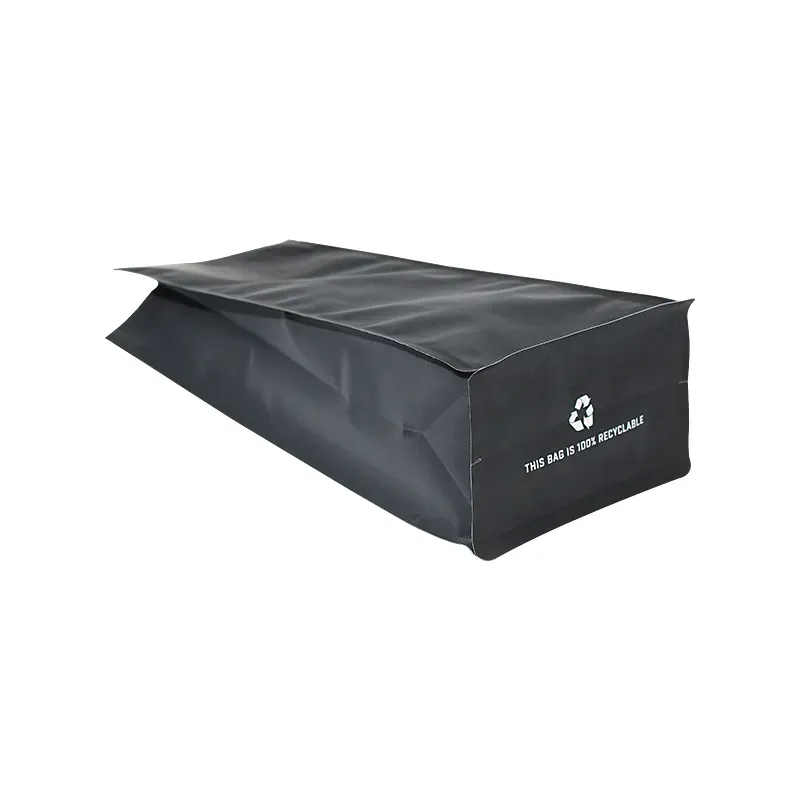- Afrikaans
- Albanian
- Amharic
- Arabic
- Armenian
- Azerbaijani
- Basque
- Belarusian
- Bengali
- Bosnian
- Bulgarian
- Catalan
- Cebuano
- chinese_simplified
- chinese_traditional
- Corsican
- Croatian
- Czech
- Danish
- Dutch
- English
- Esperanto
- Estonian
- Finnish
- French
- Frisian
- Galician
- Georgian
- German
- Greek
- Gujarati
- haitian_creole
- hausa
- hawaiian
- Hebrew
- Hindi
- Miao
- Hungarian
- Icelandic
- igbo
- Indonesian
- irish
- Italian
- Japanese
- Javanese
- Kannada
- kazakh
- Khmer
- Rwandese
- Korean
- Kurdish
- Kyrgyz
- Lao
- Latin
- Latvian
- Lithuanian
- Luxembourgish
- Macedonian
- Malgashi
- Malay
- Malayalam
- Maltese
- Maori
- Marathi
- Mongolian
- Myanmar
- Nepali
- Norwegian
- Norwegian
- Occitan
- Pashto
- Persian
- Polish
- Portuguese
- Punjabi
- Romanian
- Russian
- Samoan
- scottish-gaelic
- Serbian
- Sesotho
- Shona
- Sindhi
- Sinhala
- Slovak
- Slovenian
- Somali
- Spanish
- Sundanese
- Swahili
- Swedish
- Tagalog
- Tajik
- Tamil
- Tatar
- Telugu
- Thai
- Turkish
- Turkmen
- Ukrainian
- Urdu
- Uighur
- Uzbek
- Vietnamese
- Welsh
- Bantu
- Yiddish
- Yoruba
- Zulu
Creative Box Ribbon Design Ideas for Your Next Project or Gift Presentation
The Art and Significance of Box Ribbons
When we think of wrapping a gift, the first images that often come to mind are brightly colored boxes adorned with elegant ribbons. Though the primary purpose of these box ribbons is to enhance the aesthetic appeal of the gifts we present to our loved ones, their significance goes far beyond mere decoration. Let's delve into the world of box ribbons and explore their artistry, cultural importance, and the various ways they can elevate the gifting experience.
The Aesthetic Appeal
Box ribbons come in countless designs and materials, ranging from satin and organza to burlap and metallic foils. Each type of ribbon can dramatically alter the visual impact of a gift. Imagine a simple brown cardboard box wrapped in a shimmering gold satin ribbon; the entire presentation transforms, making it feel special and valued. The choice of ribbon can communicate much about the occasion—glossy ribbons with intricate bows are often reserved for festive celebrations, while more subdued or rustic styles may suit intimate or casual settings.
The interplay of colors is also crucial. A bright red ribbon can evoke feelings of warmth and passion, ideal for romantic occasions, while pastel shades might be more fitting for baby showers or springtime celebrations. Texture plays a vital role too; a soft, velvety ribbon invites touch, while a crisp, stiff one adds a formal touch to the gift.
Cultural Significance
Across various cultures, the act of gift-giving is deeply entrenched in traditions, and box ribbons often carry specific connotations
. In many cultures, the wrapping—a ribbon included—can represent the care and thoughtfulness behind the gift. In Japan, for example, the art of wrapping gifts extends beyond the item itself to encompass the entire presentation, known as Furoshiki. In this practice, cloth is used to wrap gifts and can be bound with an elegant knot, sometimes resembling the beauty of a ribbon. This method emphasizes sustainability and practicality while highlighting the importance of the presentation.box ribbon

In Western contexts, the colors of ribbons can symbolize different sentiments, especially during holidays. For instance, red and green are emblematic of Christmas, while pastels signify Easter. During awareness campaigns, colored ribbons (such as pink for breast cancer awareness) serve to show solidarity and support. Thus, the choice of box ribbon can convey messages far beyond the tangible gift enclosed within.
Elevating the Gifting Experience
The art of gift wrapping, enhanced by the addition of ribbons, can elevate an ordinary present to an extraordinary experience. Taking the time to wrap a gift thoughtfully indicates to the recipient that their special day is worthy of celebration. The unwrapping process itself becomes an experience, as the recipient carefully peels away layers of wrapping to uncover the surprises inside. This anticipation is integral to the joy of giving and receiving gifts.
Moreover, ribbons can be utilized in creative ways beyond simple bows. Ribbons can be braided, twisted into shapes, or layered to add depth and complexity to presentation. Accessories such as gift tags adorned with matching ribbons or embellishments can further personalize the gift, transforming it into a unique expression of affection and consideration.
Conclusion
In conclusion, box ribbons are much more than mere adornments for gifts; they signify effort, emotion, and creativity in the art of gift presentation. Their colors, textures, and styles enhance the visual appeal of a gift, while their cultural significance and ability to elevate the unwrapping experience make them invaluable. The next time you wrap a gift, consider not just the ribbon's appearance, but also the messages it conveys and the joy it can bring to both the giver and the recipient. Whether for a birthday, holiday, or just because, a beautifully presented gift with an elegant box ribbon will leave a lasting impression.













